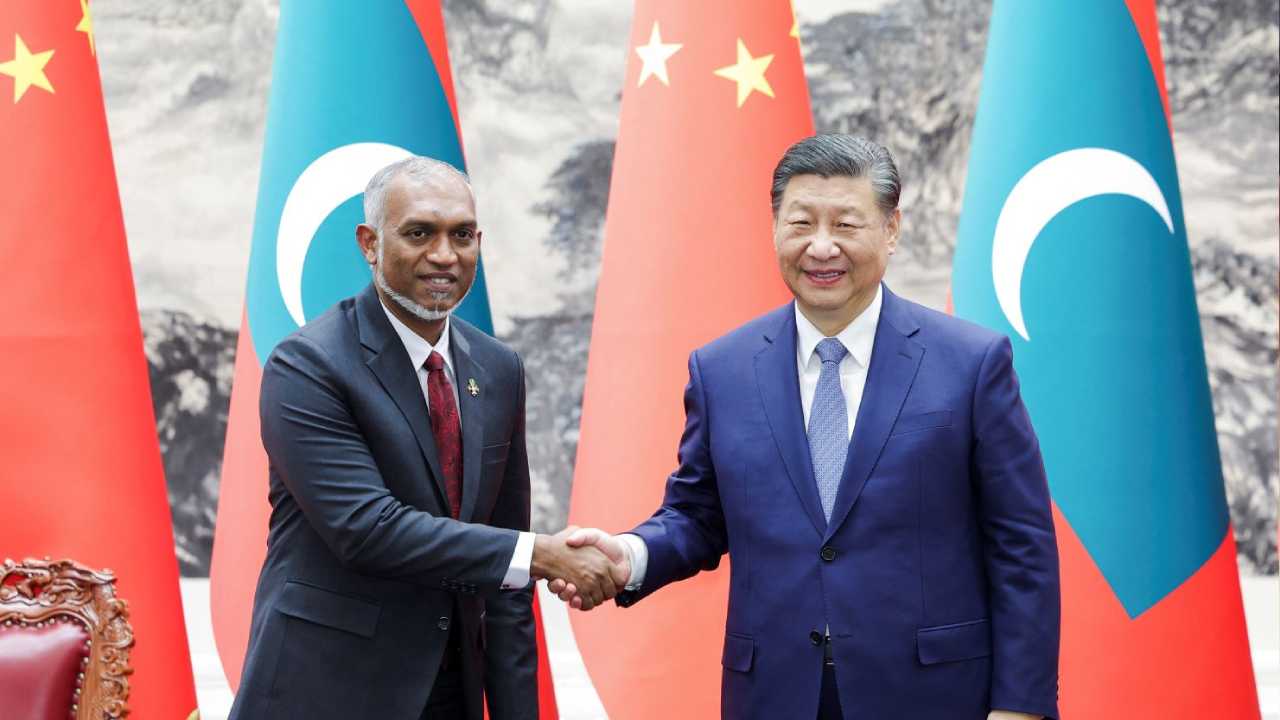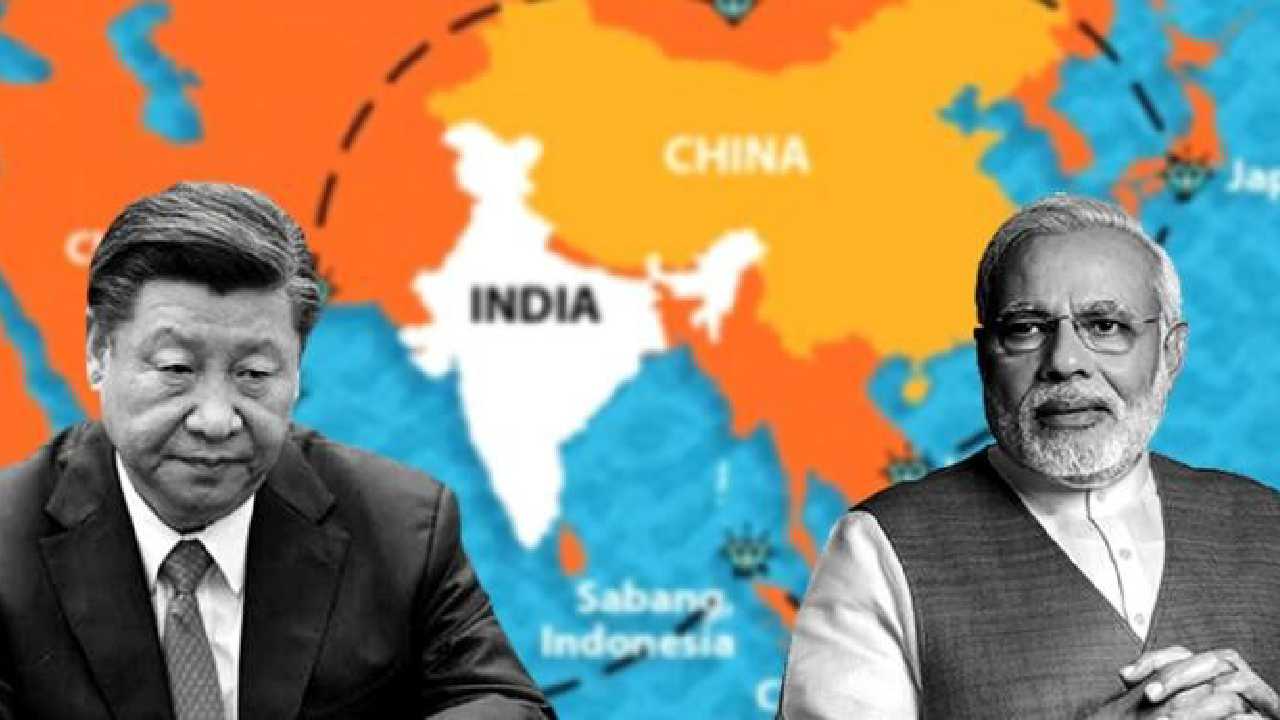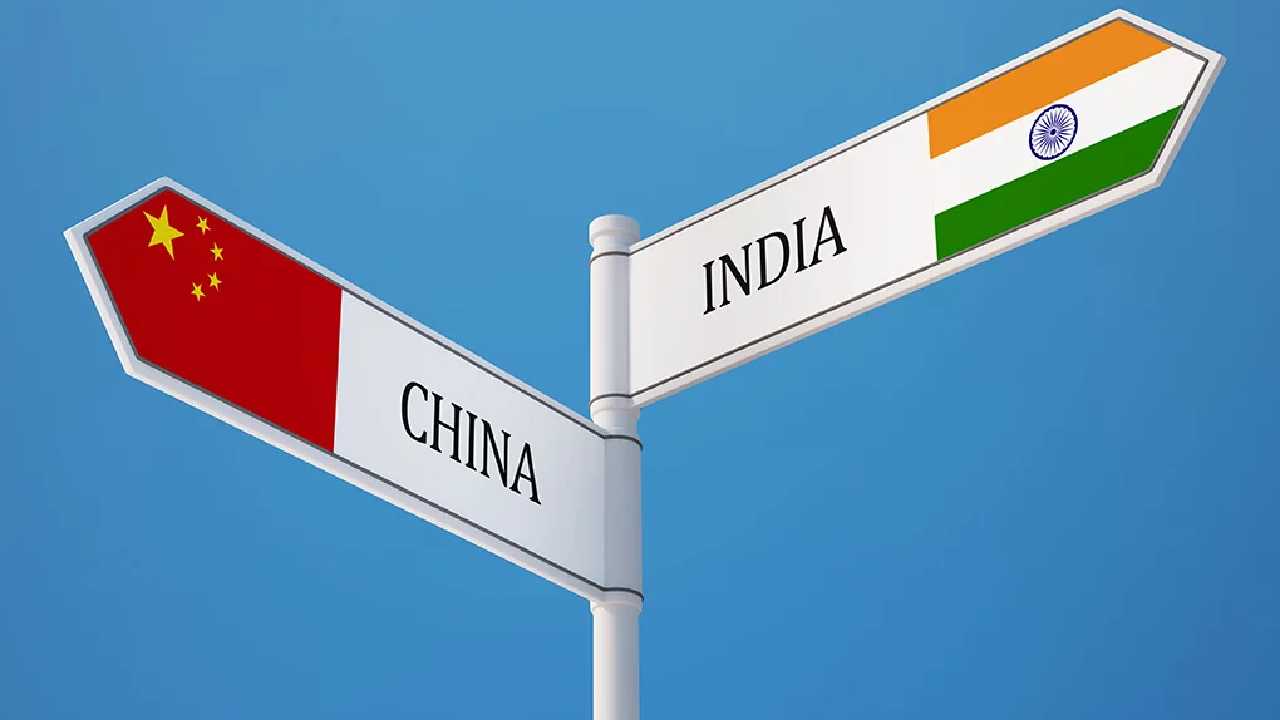In the field of geopolitics, a new threat is looming on India’s horizon. While the focus often remains on land borders, the real battleground may soon shift to the vast expanse of the Indian Ocean. Here’s a detailed analysis of China’s growing influence in the region, its impact on India, and how we can deal with these troubled waters.
Friendship or enemy: Maldives’ agreement with China

Recent developments highlight the strengthening ties between the Maldives and China, leading to military assistance through a defense agreement. While Maldives claims it as a step towards bilateral cooperation, India views it with cautious concern. The influx of Chinese investments and infrastructure projects raises questions about hidden agendas and impact on regional stability.
China’s Indian Ocean ambitions

China’s strategic maneuvers in the Indian Ocean are part of a larger plan aimed at establishing dominance over key sea routes. From conducting hydrographic surveys to setting up naval bases, China’s presence in the region poses a significant challenge to India’s security interests. The deployment of underwater drones and research vessels underlines China’s intention to closely monitor activities and gather critical intelligence.
India’s dilemma: caught in the crossfire

India finds itself at a crossroads as it grapples with the asymmetric power dynamics in the Indian Ocean. While China flaunts its military might and economic might, India’s defense capabilities face budgetary constraints and technological limitations. Recent missile tests indicate India’s resolve to enhance its deterrence capabilities, but the road ahead is fraught with challenges.
Formulating a plan of action: toward self-reliance

In light of these developments, India must adopt a multi-pronged approach to safeguard its interests and counter China’s growing influence:
Economic Resilience: India needs to reduce its dependence on Chinese investment and imports while focusing on indigenous manufacturing and self-reliance. Initiatives like Make in India and the promotion of domestic industries are important steps towards achieving economic autonomy.
Military Modernization: It is imperative to strengthen our defense capabilities, especially in the naval sector. Investment in indigenous defense technologies, naval expansion and strategic infrastructure projects is important to strengthen our maritime security posture.
Diplomatic Outreach: India should engage with like-minded countries and build strategic partnerships to counter Chinna’s hegemonic ambitions. Cooperative efforts in the Indo-Pacific region can help balance China’s assertiveness and maintain regional stability.
Public Awareness: It is important to raise awareness among the public about China’s geopolitical designs and the importance of supporting indigenous initiatives. The Boycott China movement underscores the power of consumer choice in shaping economic dynamics and putting pressure on hostile actors.
Conclusion: Navigating the shallow waters ahead, As India navigates the complex geopolitical landscape of the Indian Ocean, flexibility and adaptability will be our guiding principles. By promoting economic self-reliance, strengthening defense capabilities and building alliances based on shared values, India can effectively counter China‘s maritime ambitions and protect its sovereignty. It is a journey full of challenges, but also holds the promise of a secure and prosperous future for generations to come.
Also Read – Holi 2024: Do you know the history and importance of Holi festival?

